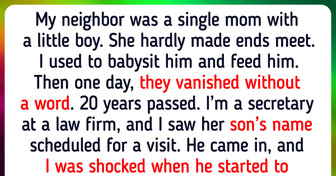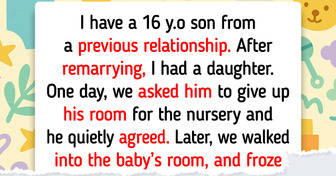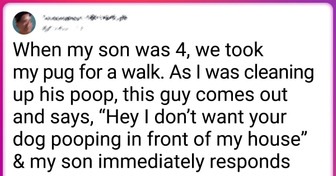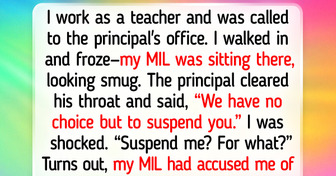18 Incredible Inventions That Will Change Our Lives

Water safety, especially when it comes to our kids, is extremely important. Children love to play in pools, water parks, and the sea. And as parents, we do all we can to keep them safe by keeping a close eye on them. Natalie Livingston, a mother who investigates drownings, used her knowledge as both a mother and an investigator to offer practical advice.
We at Bright Side have gathered these tips to help keep you in the know and shed light on what we can do to improve our water safety knowledge as parents.
Making sure children understand the reasons why a rule is in place can help them have a healthy fear of the water. Help them understand what drowning looks like, be knowledgeable about their limitations, explain why we should take breaks from swimming and why we hold our breath underwater, as well as why lifejackets are so important.
Before getting in the pool, ocean, or wherever else, it’s important that kids understand the dangers and respect the water. It’s valuable to set boundaries and go through safety measures with them. Touching on things like where to get into the water, where they can and can’t swim, where to jump in and where not to jump in, being aware of other people, and having them be part of the discussion can make them included.
Having children ask for permission before getting into the water lets us know as parents that they are in the water and that we need to keep a close eye on them.
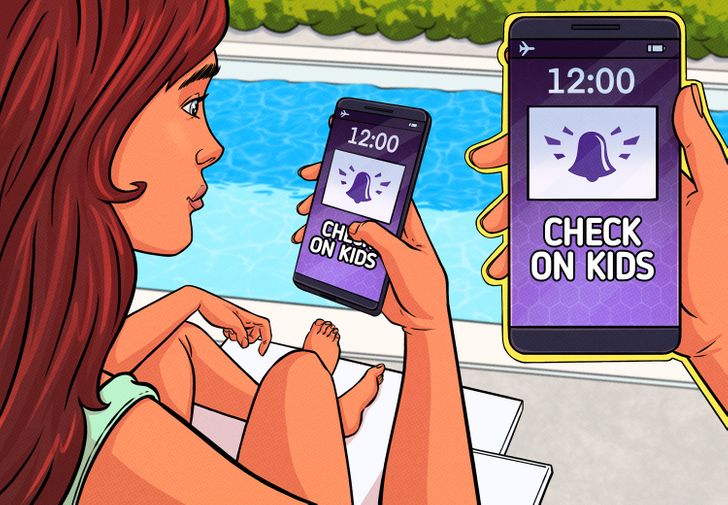
Watching children at all times like a hawk isn’t always possible. Supervision is key, but as parents, we can often get distracted by phones, people, other children, etc. Setting a reminder on our phones to go over every minute to check on the children and setting the phone to airplane mode can refocus us and help us to be sure we’re checking in on the children, even if we get distracted.
It may seem severe, but trusting someone else to look after your kids, even if they’re trained professionals like lifeguards, can be a lot of pressure to put on someone, even loved ones. Natalie has her children wear a lifejacket whenever they are swimming in these circumstances.
Children seem to have endless streams of energy and could likely swim forever. Taking a break after a set amount of time is beneficial to ensure we as parents get a rest from supervising and can refresh our minds, keeping us sharp for when they return to the water. Swim for a designated amount of time, like 30 minutes, then everyone should get out of the pool and take a break.
There are negative connotations to wearing a lifejacket. It’s deemed “uncool.” But if everyone is wearing one, they’re all in the same boat. Using lifejackets in water-related games can take away some of the stigmas. Floating aids, such as noodles, inflatable rings, or tubes, aren’t to be trusted, and making sure the lifejacket is up to regulation is key.
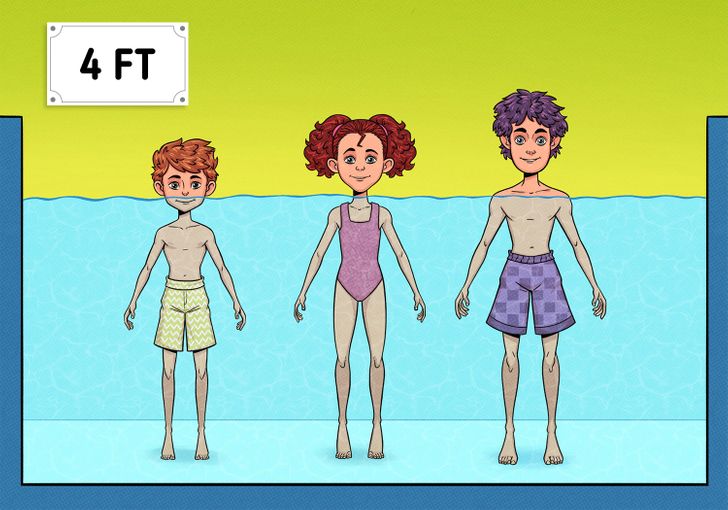
Teaching kids to understand pool depths in comparison to their own height can help them make better decisions about where to swim and where not to.
If they understand that a 4-ft depth of water will cover their airways and they’ll have to tread water, then they’re prepared to swim in it. Also, they can be aware of the fact that their taller sibling or friend can swim in deeper water, whereas they might struggle.
Involving the children makes them take ownership of the rules, gets them to look out for each other, and to speak up if they see anyone in trouble. Never assume that anyone is okay. If someone is underwater, get the children to start counting to 5. If they don’t see the person come up after that many seconds, then they should tell an adult.
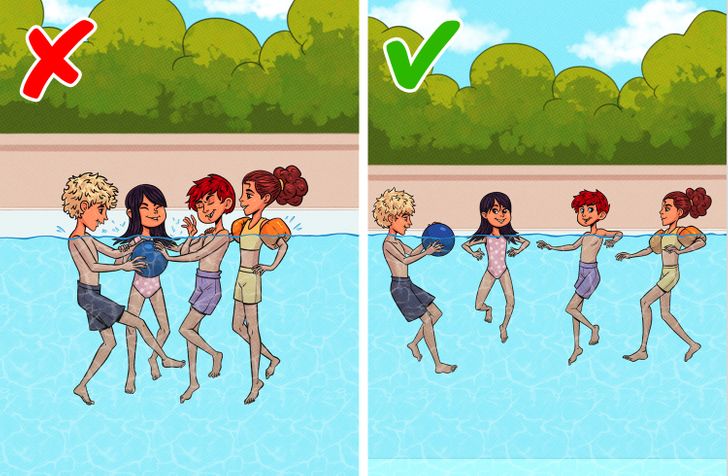
Sometimes when someone is struggling, they grab onto whoever is closest and panic. Even good swimmers, when clung to, can’t keep themselves above water if this happens. The suck, duck, and tuck lesson teaches children what to do if someone grabs onto them in the water. They should suck in air, duck into the water, and tuck in their arms and legs in order to push away.
Once safely distanced, they should call for help on behalf of the other person. Children should also be taught to be aware of other people’s personal space.
When a kid announces, “Watch me,” or “Look at this,” it’s usually a sign they’re about to do something dangerous. This is an opportunity to talk about dangers and boundaries and making good choices around water.
Do you have any other tips on keeping kids safe in the water?


